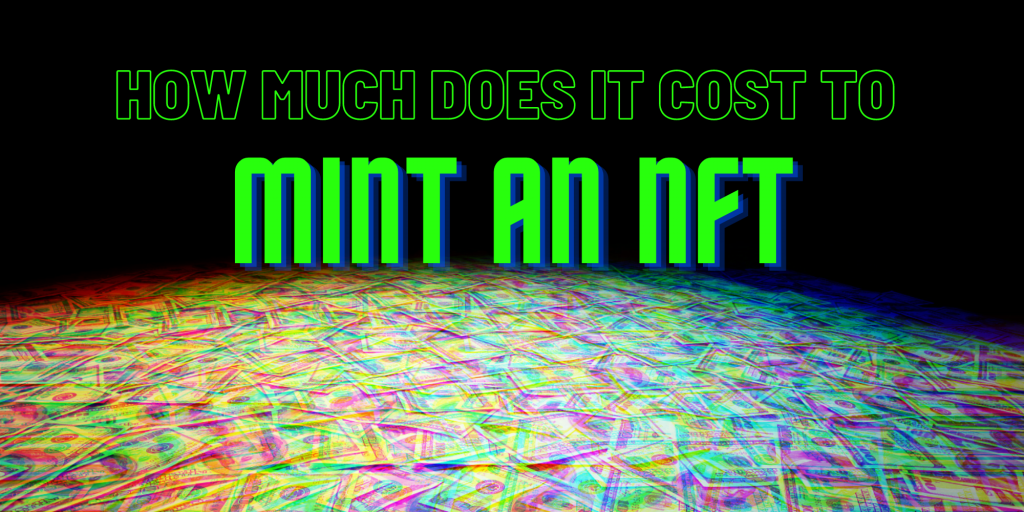Can You Copy an NFT Onto a Different Blockchain?
Things can get a bit complicated when simply “copying” an NFT from one blockchain to another. As a refresher, a blockchain is a decentralized collection of financial accounts across a peer-to-peer network. It’s used to confirm transactions without needing a central governing body, allowing users to make transactions without a third party. NFTs (non-fungible tokens) …
Can You Copy an NFT Onto a Different Blockchain? Read More »

